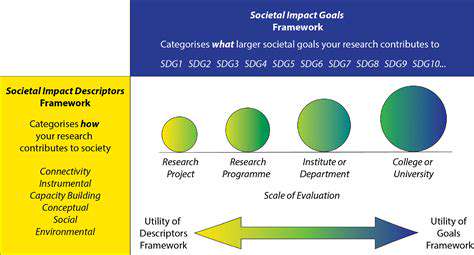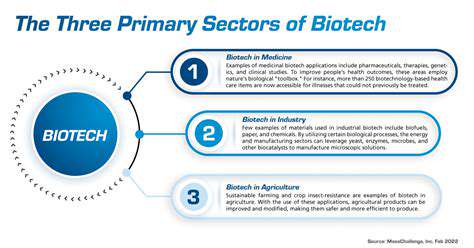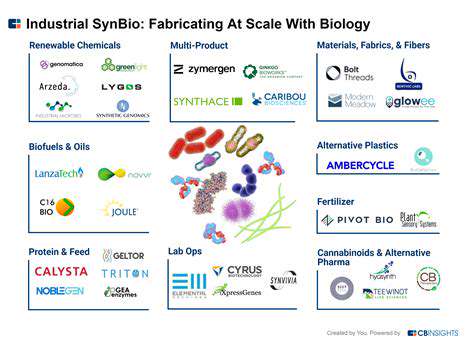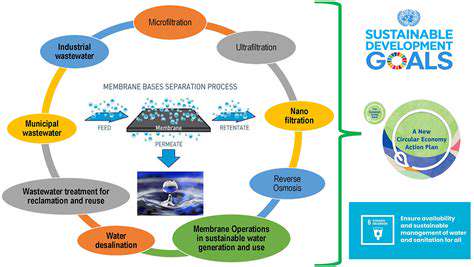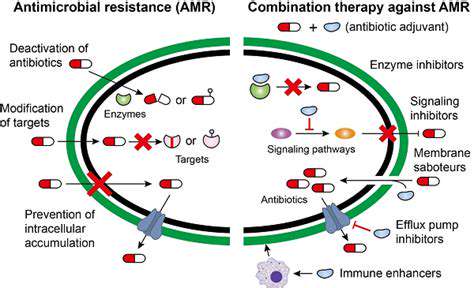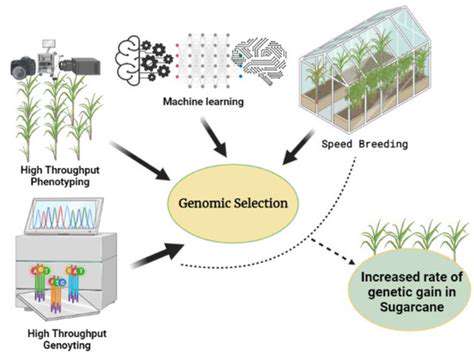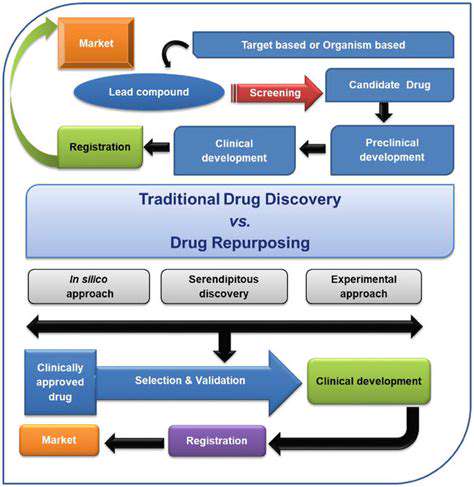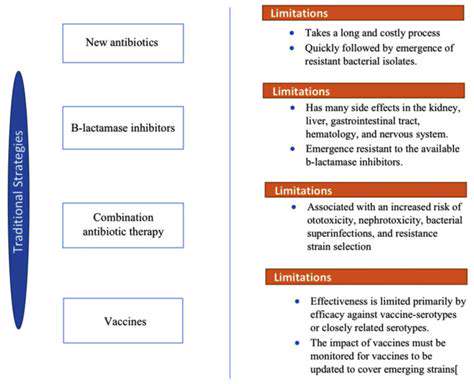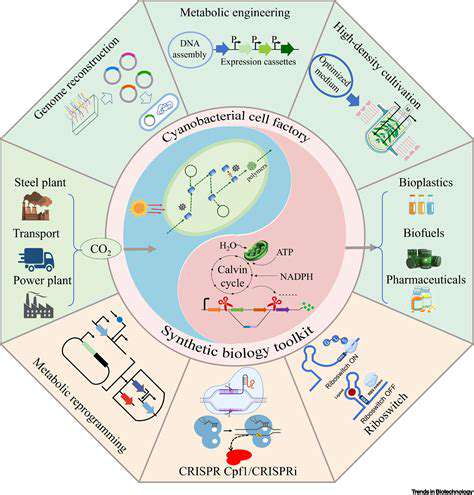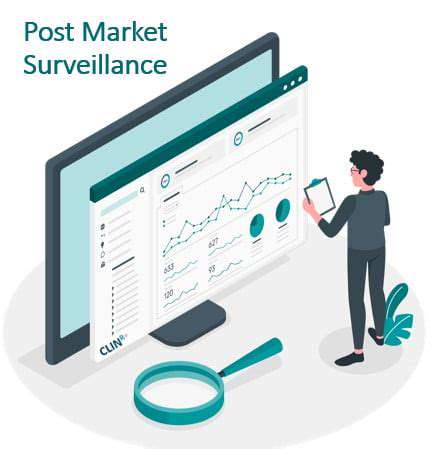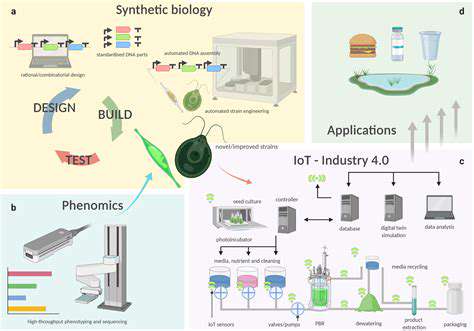Gene Drive Mechanisms: A Deeper Look
Gene drives represent a groundbreaking advancement in biotechnology, leveraging genetic modification to propagate specific characteristics across populations. Unlike conventional breeding techniques that depend on gradual natural selection, gene drives can rapidly disseminate selected genes with remarkable efficiency. This process involves altering DNA sequences to produce genetic components that favor their own replication and transmission to subsequent generations. Grasping the complex workings of these systems is vital for both exploiting their advantages and addressing possible drawbacks.
The fundamental concept centers on designing a genetic component with a higher probability of inheritance compared to standard genes. This increased transmission efficiency is accomplished through diverse methods, some modifying established genetic pathways while others employ innovative approaches to guarantee the targeted gene is inherited consistently. Acquiring in-depth knowledge of these processes is essential for refining the accuracy and effectiveness of gene drives, reducing unintended effects, and ensuring their ethical utilization.
Potential Benefits in Conservation and Disease Control
Gene drives offer substantial potential for conservation initiatives, presenting possible solutions to challenges confronting endangered species. For example, they could be utilized to introduce disease-resistant genes into wildlife populations, helping to curb the spread of infections and safeguard biodiversity.
In addition to conservation, gene drives might significantly contribute to managing diseases. Altering the transmission patterns of disease-carrying organisms, such as mosquitoes, could dramatically reduce the incidence of malaria, dengue fever, and similar illnesses. This advancement could lead to notable improvements in global public health and lessen the impact of these diseases.
Ethical Considerations and Public Perception
The swift progress in gene drive technology calls for thorough evaluation of its ethical ramifications. Public opinion and societal approval are critical elements that must be considered to ensure these technologies are developed and applied responsibly. Transparent discussions and clear communication are necessary to foster trust and alleviate worries about potential unforeseen effects and ecological consequences.
Issues such as unintended environmental impacts, fair access to benefits, and possible misuse require comprehensive scrutiny. Developing clear ethical standards and regulatory structures is imperative to handle these intricate matters and guarantee that gene drive technologies are used in a sustainable and conscientious manner.
Safety Protocols and Mitigation Strategies
Establishing strong safety measures and mitigation approaches is crucial to reduce potential hazards linked to gene drive technology. Extensive testing and detailed assessment of possible off-target effects are necessary to confirm that the intended results are achieved without harming other organisms or disturbing ecological stability.
Creating effective containment methods and closely tracking the dissemination of modified genes in nature are key aspects of a thorough safety plan. Independent scientific oversight and stringent regulatory procedures are essential to supervise the development and application of gene drives, thereby minimizing risks and optimizing the advantages of this potent technology.
The Future of Gene Drives: Challenges and Opportunities
The trajectory of gene drives depends on overcoming significant technical and societal obstacles. Ongoing research and development aimed at improving the precision and control of these technologies are paramount. Further study into long-term ecological effects and potential unintended outcomes is also critical.
Formulating robust containment strategies and instituting effective regulatory systems are vital to ensure the responsible and sustainable use of gene drive technology. Addressing public apprehensions and promoting open conversations about the ethical and societal implications will be instrumental in guiding their future development and implementation. Ultimately, the success of gene drives will rely on the cooperation and thoughtful deliberation of scientists, policymakers, and the general public.
Latency, the delay between sending a command and receiving a response, is a major factor in the quality of video streaming. 5G's low latency makes a tangible difference in the smoothness of HD video playback. This means that viewers will experience minimal delay between actions, like clicking to play a video, and the video actually starting to play. This seamless experience is crucial for real-time applications and engaging content like live sports broadcasts or interactive video games.
The Need for Responsible Development and Regulation
Gene Editing Technologies: A Double-Edged Sword
Gene editing technologies, like CRISPR-Cas9, offer unprecedented potential for treating genetic diseases and enhancing agricultural yields. The ability to precisely target and modify DNA sequences has the potential to revolutionize medicine and agriculture, but this power comes with a complex set of ethical and societal considerations. We must carefully consider the potential benefits and risks before widespread implementation.
The ease and efficiency of these technologies, however, can also lead to unintended consequences. The possibility of off-target effects, where the editing process modifies unintended DNA sequences, and the potential for creating unforeseen genetic variations in organisms, requires careful monitoring and rigorous testing protocols.
Ethical Implications of Gene Editing
The ethical implications of gene editing are multifaceted and deeply rooted in societal values. Modifying the human germline, for example, raises profound questions about altering the human gene pool and the long-term consequences for future generations. Is it ethical to pursue enhancements that go beyond treating disease? These questions require careful consideration and open dialogue among scientists, ethicists, and the public.
Concerns about equitable access to these technologies are also crucial. If gene editing becomes a powerful tool for enhancing human traits, will it exacerbate existing social inequalities? Access to these technologies must be considered in a way that prioritizes fairness and inclusivity.
The Role of Regulation in Gene Editing
Effective regulation is crucial to ensure that gene editing technologies are developed and deployed responsibly. Regulations should aim to balance the potential benefits of these technologies with the need to mitigate risks. A carefully crafted regulatory framework can guide research and development, promoting ethical practices and preventing misuse.
This framework must also adapt to the rapidly evolving nature of gene editing technology. New advancements necessitate ongoing evaluation and adjustments to existing regulations, ensuring that they remain relevant and effective in addressing emerging challenges.
Gene Drives: A Powerful Tool, a Complex Challenge
Gene drives are a specific application of gene editing technology that can spread desired genetic modifications through a population. This capability presents opportunities for controlling diseases in wildlife or enhancing crop resilience, but it also raises concerns about unintended ecological consequences.
The potential for unintended ecological impacts, such as the elimination of entire species or the disruption of natural ecosystems, necessitates rigorous testing and careful consideration before widespread deployment. The long-term effects of gene drives are still largely unknown, and this uncertainty requires a cautious approach.
Public Engagement and Dialogue
Open and transparent communication between scientists, policymakers, and the public is essential for navigating the ethical and societal implications of gene editing. Public forums and engagement initiatives can foster understanding and address concerns about these powerful technologies.
Public trust in science and technology is vital for ensuring responsible development and deployment. Open dialogue can help to clarify the potential benefits and risks, allowing for informed decision-making about the future of gene editing.
Societal Impact and Implications
The societal impact of gene editing extends far beyond the realm of medicine and agriculture. Changes in human inheritance, for instance, raise profound questions about our understanding of identity, human nature, and the very definition of what it means to be human. These implications require careful consideration and societal debate.
The potential for gene editing to alter the course of human evolution is a complex issue that demands careful consideration of the long-term consequences. The societal implications of such technologies necessitate thoughtful engagement and collaboration between scientists, ethicists, policymakers, and the public.
International Cooperation and Standards
Given the global nature of gene editing research and its potential impact on the environment and human health, international cooperation and harmonization of standards are essential. Collaboration between nations can help to develop and implement consistent guidelines for research, development, and deployment.
International agreements and regulatory frameworks can help to address the potential for misuse or unintended consequences of gene editing technologies on a global scale. This global collaboration can ensure that the benefits of this technology are realized while mitigating risks and ensuring equitable access.
